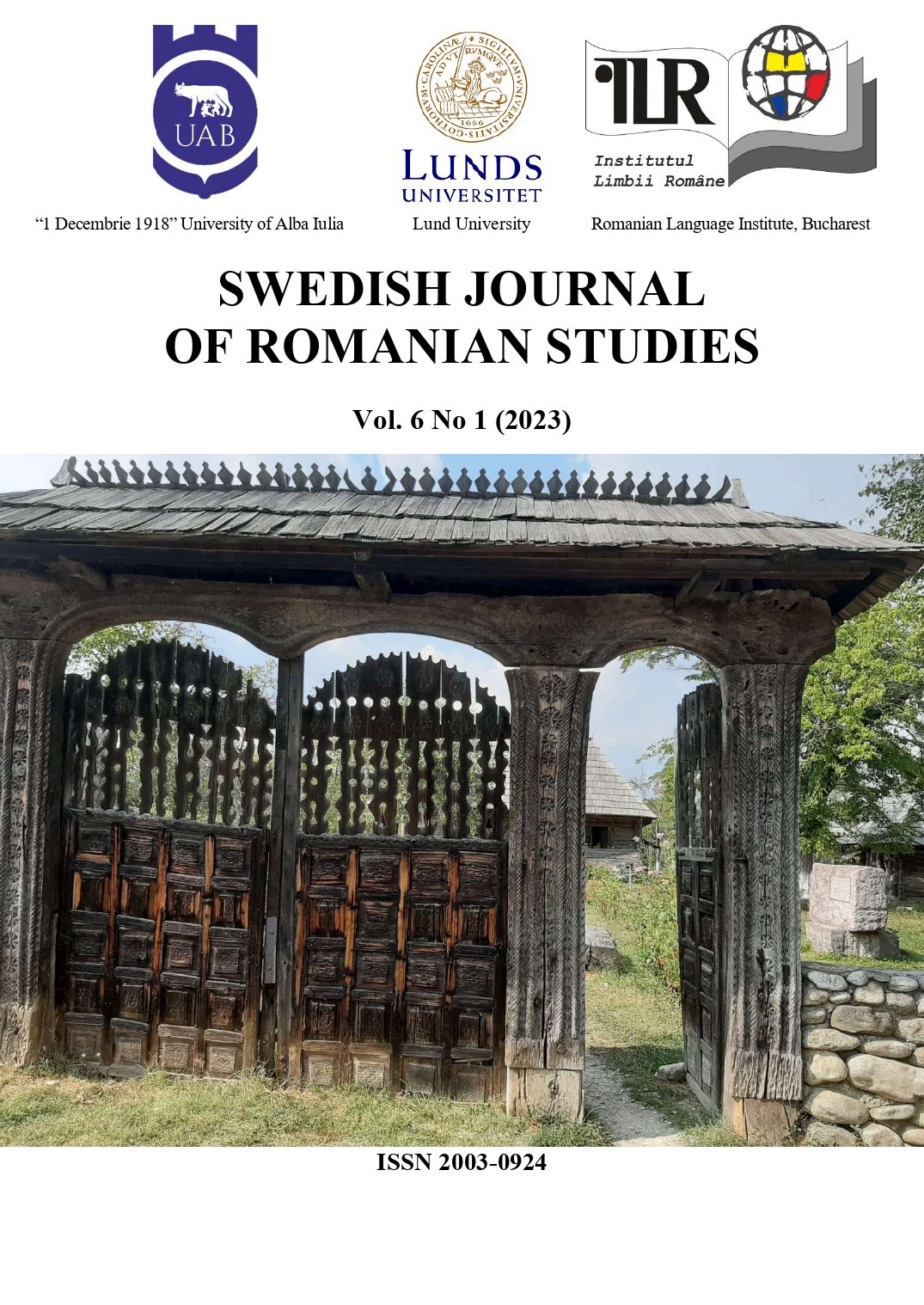Écrire pour guérir. Les formules magiques écrites dans la médecine populaire roumaine (XVIIe-XXe siècles)
Write to heal. Written magic formulas in Romanian popular medicine (17th - 20th centuries)
Author(s): Alexandru Ofrim, Lucia Terzea-OfrimSubject(s): Customs / Folklore, Cultural Anthropology / Ethnology, Culture and social structure
Published by: Språk- och litteraturcentrum, Lunds Universitet
Keywords: folk medicine; magical practices; written charms; body; amulets; symbolic efficacy;
Summary/Abstract: In traditional Romanian society, where the vast majority of the population was illiterate, writing remained mysterious and inaccessible. For the peasants from the Romanian village, writing and the book have acquired separate meanings, being used in a particular way through magico-religious rituals. In order to defend against the action of evil forces and for the healing of the sick body, the traditional community instituted ceremonial, apotropaic and thaumaturgical practices, involving a set of alternative uses of writing. The clerics played an important role in consolidating these practices. The village priests made the written amulets (apocryphal texts, prayers and incantations) intended to be worn closest to the body to ward off unclean spirits which could cause harm to women who had just given birth and to the new-born. Books and writing were seen as repositories of healing forces that could ward off disease and trouble. In the Romanian rural society, between the two World Wars, it was still believed that evil spirits, agents of disease, could be drawn from the sick person's body with the help of “healing letters” (rom. “răvașe de leac”), containing prayers, various religious symbols, names of saints but also magic formulas, often presented in an enigmatic and incomprehensible way. The formulas are written upside down, from right to left, then from left to right (like the famous palindrome “Sator arepo tenet opera rotas” or “Abracadabra”) or distributed in geometric figures (spirals, triangles, crosses). These “healing papers”, with a strong iconic charge, were applied to the body or the text and the image were drawn directly on the skin of the sufferer. Drinking water in which one had washed a plate on the surface of which healing formulas had been written or swallowing the paper on which magic formulas were written were other common practices. Romanian ethnologists have documented the survival of these practices until the mid1970s. Similar practices are found in other parts of Europe.
Journal: Swedish Journal of Romanian Studies
- Issue Year: 6/2023
- Issue No: 1
- Page Range: 100-118
- Page Count: 19
- Language: French

